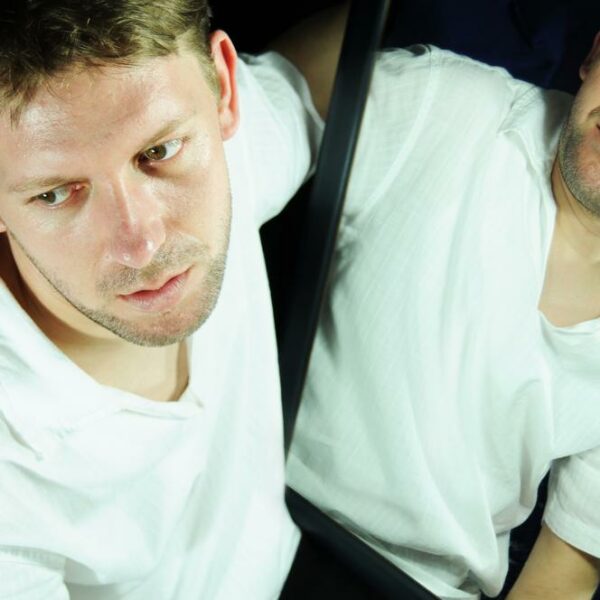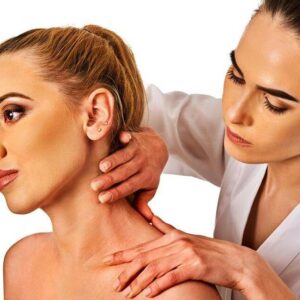4 Crucial Things To Know For Coexisting With Bipolar Disorder
It has been recorded that one in five Americans falls prey to mental illnesses every year. Owing to a large number of people being diagnosed with one or the other mental illness, there has been a paradigm shift in people’s perception, and the onus that was once placed on the importance of physical fitness has now shifted towards mental health. With leading health institutions emphasizing on the importance of mental health, the age-old taboos associated with mental illnesses are on a steady decline, and people have come to embrace the fact that anyone can fall prey to mental illnesses; it’s not the manifestation of any form of divine ire.

One such mental illness that affects around 2.8 percent of adults in the country and affects men and women alike is bipolar disorder. This condition even affects children, but we often overlook the condition and label it as “stages of growing up.” Bipolar disorder has become a serious mental issue since there’s a lack of awareness about this condition. Read on to know more about the signs of bipolar disorder and the different form of treatment and techniques to manage this condition.
What are the top 5 signs of bipolar disorder in children?
- Bipolar disorder is characterized by sudden changes in mood, which include episodes of “mania” where the individual feels elevated, extremely happy, and is replaced by feelings of extreme sadness or suicidal thoughts.
- When the bipolar disorder affects children, they show similar shifts in moods. The top 5 manic symptoms of bipolar disorder in children include talking fast and rapidly changing subjects, acting extremely silly and overly happy, having trouble in concentrating, indulging in risky behavior, having a short temper leading to sudden outbursts of anger, and trouble in sleeping or feeling tired after sleeping.
- The top 5 depressive symptoms of bipolar disorder experienced by children with bipolar disorder include acting morose, sleeping too little or too much, experiencing feelings of worthlessness or guilt, fatigue, frequent headaches or stomaches, overeating or not eating at all, and suicidal thoughts.
What are the treatments for bipolar disorder?
- Bipolar disorder falls in the league of disorders that cannot be cured completely. However, there are different methods devised that allow the individual to manage the condition and coexist with the condition.
- The treatment for bipolar disorder includes the use of medications such as mood stabilizers (lithium), antipsychotics (olanzapine), antidepressant-antipsychotics (fluoxetine-olanzapine), and benzodiazepines.
- Patients with bipolar disorder are advised to undergo psychotherapy that includes cognitive behavioral therapy, psychoeducation, interpersonal and social rhythm therapy.
- Other treatment options include acupuncture, electroconvulsive therapy (ECT), sleep medication, and use of supplements. Even lifestyle changes have proven to yield positive results for individuals with bipolar disorder.
Which diseases are more likely to affect people with bipolar disorder?
- People with bipolar disorder are often vulnerable to other mental and physical illnesses as well. Often, the signs and symptoms of bipolar disorder are mistaken for other mental illness as the symptoms are quite similar. People with bipolar disorder are at a risk of developing thyroid disease, heart disease, migraine headaches, diabetes, obesity, and other physical ailments.
- Often, people who are already diagnosed with bipolar disorder might show increased symptoms of psychosis during their manic or depressive episodes. If they have frequent hallucinations or delusions, this might be an indication of underlying psychotic symptoms that point towards schizophrenia.
- People with bipolar disorder are often diagnosed with anxiety and attention-deficit hyperactivity disorder (ADHD). At times, the manic phase of bipolar disorder is often wrongly diagnosed as symptoms of ADHD as the symptoms are quite similar.
- People suffering from bipolar disorder often indulge in substance abuse since they consider alcohol or drugs as a coping mechanism.
What are the immediate steps to be taken if the individual becomes suicidal?
- Bipolar disorder is characterized by episodes of mania and depression; in the episodes of depression, the individual experiences feelings of extreme sadness or suicidal thoughts.
- If your loved one experiences these suicidal thoughts, to prevent them from acting upon it, you can call 911 or the local emergency number.
- At times, the heightened feeling of self-harm is fueled by a sense of loneliness. So, stay with the individual while the help for bipolar disorder arrives or the episode subsides.
- Most of the times, such people just need a listening ear. So, listen to what the person has to say without judging, arguing, threatening or yelling at them.
- It is imperative that you remove any guns, knives, medications, or anything that can be used to inflict injury on oneself.
Tags- top 5 bipolar signs, bipolar disorder help, bipolar symptoms signs





